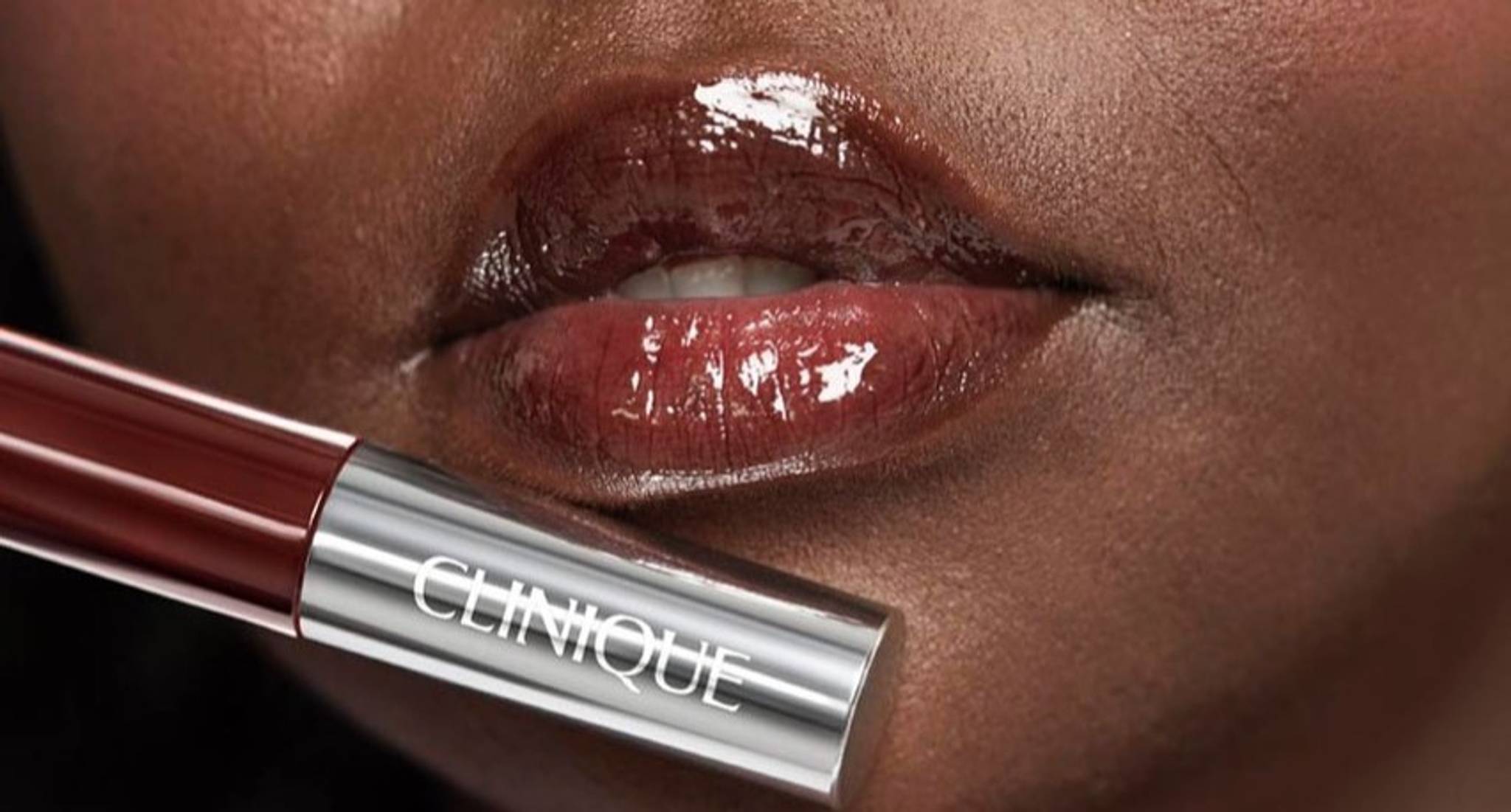
Nostalgia is moving from a comforting escape to a disturbing look in the rearview mirror. Rosy retrospection is being challenged as media narratives explore the darker aspects of bygone eras, with films like Leave the World Behind and Saltburn disrupting romanticized views of the past.
Nostalgia narratives are shifting.
No longer considered a cosy oasis people can escape to, looking back on times gone by through rose-tinted glasses is shifting into something more sinister.
This is captured in the film Leave the World Behind as the psychological thriller follows a family escaping to Long Island for a vacation, but strange things get in the way of their downtime such as an out-of-control boat crashing into the beach they were lounging on and intense stares from rogue deer.
Amid these eerie moments, instances of recognisable nostalgia emerge which ground viewers in something comforting and familiar despite the chaos taking place elsewhere in the film.
Scenes such as the pre-teen daughter watching Friends, despite the show being released thirty years ago, root viewers in the here and now while looking to the past.

It comes as no surprise that this media shift is happening now, especially when 79% of US adults said if they’re having a bad day they’ll watch something nostalgic to feel better and 75% would willingly subscribe to streaming services for content that makes them feel nostalgic.
A yearning for times gone by is also spilling out into the tech and digital space.
The Frutiger Aero aesthetic, characterised by cool blues and greens, bubbles and water droplets with music reminiscent of Windows startup chimes, Nintendo Wii soundbites and Android bings, has over 16,200 posts relating to the hashtag on TikTok.
“It’s the sense of relatability and friendliness that makes this aesthetic feel like a welcome respite from the chaos of the outside world,” J’Nae Phillips, Insights Editor at Canvas8 tells The Guardian. “It feels comforting and commercially viable as it bridges the gap between tech utopia and dystopia, especially at a time when tensions are rising online and everyone’s just trying to navigate heated digital spaces.”
Also known as rosy retrospection, this cognitive bias may help to explain our tendency to recall the past more fondly than the present.

In today's world, media and entertainment narratives are fusing dark moments from the past with the reality of the present.
Leave the World Behind did this by referencing the Love You bug - the malware that corrupted many computers at the start of the millennium. Simultaneously, the Y2K bug loomed over industries as people across the globe held their breath in anticipation of what was to come.
Conversations around nostalgia depression are also rising as people dissect the bittersweet feeling of looking back – an approach that was taken in one of 2023’s hottest movie releases, Saltburn.
“Here was this happy period of 2000s Britannia,” Tom Novak, senior behavioural analyst at Canvas8, tells Mashable. “Well, at least according to so much contemporary pop cultural revisionism. The late 2000s was the age when the internet hadn't yet been commodified and social media was just being born: Facebook was this innocent cool kid and MySpace was reaching the peak of its cultural influence.”
It seems as if nostalgia is undergoing a rebrand. By challenging idealised notions of the past through unsettling experiences and uncomfortable truths, it's disrupting nostalgia narratives that define our collective memory.



